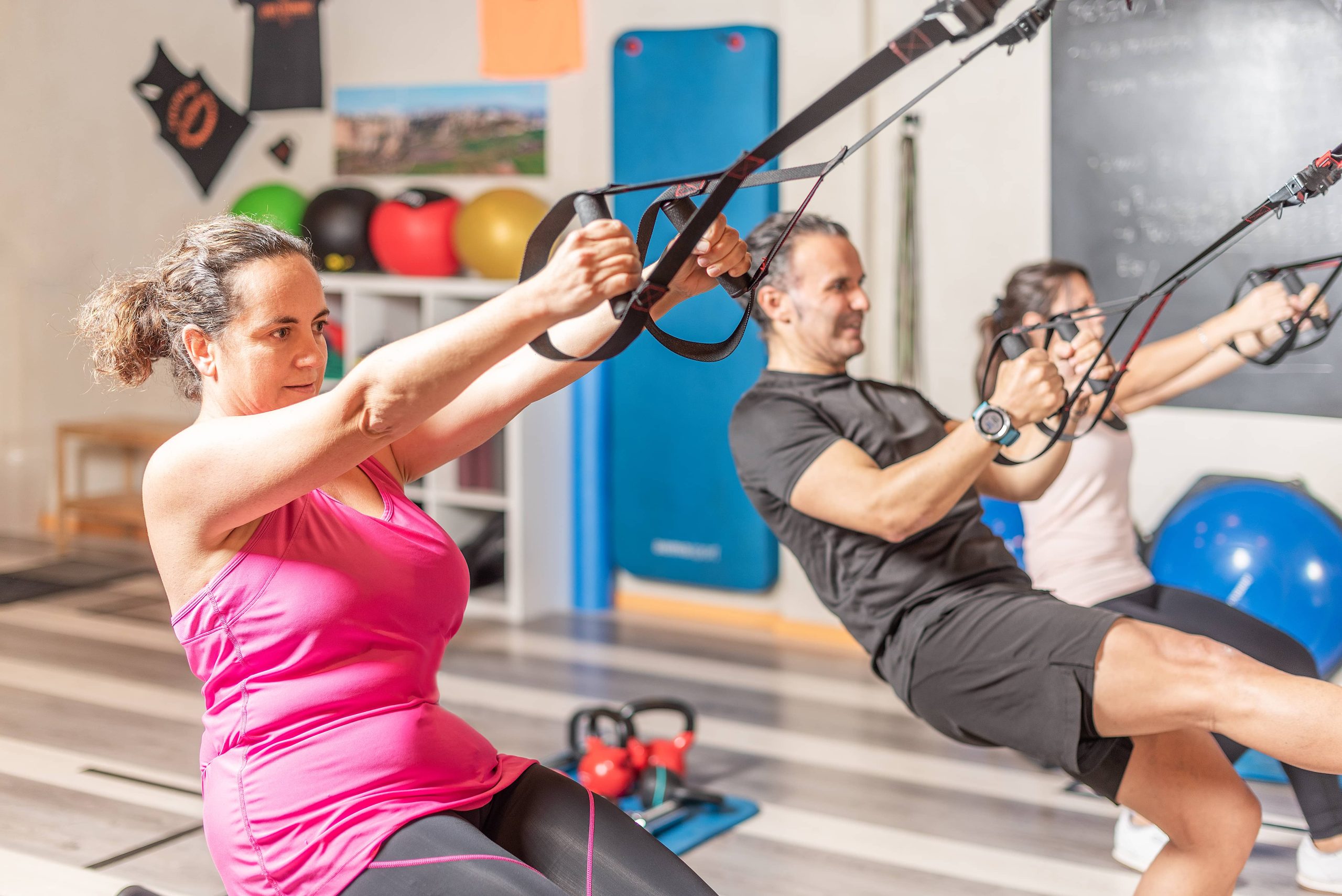
In the world of fitness, two terms often come up in discussions about workout routines and exercise effectiveness: impact and intensity. While they might seem similar, they play distinct roles in shaping your fitness journey. Understanding the difference between impact and intensity can help you tailor your workouts to meet your specific goals, whether you’re aiming for weight loss, muscle gain, or overall health improvement.
Defining Impact and Intensity
Impact refers to the force exerted on your body during exercise. High-impact exercises involve movements that put a significant amount of stress on your joints and bones. Examples include running, jumping, and plyometric exercises. These activities are excellent for building bone density and improving cardiovascular health but can be challenging for individuals with joint issues or those new to exercise.
On the other hand, low-impact exercises are gentler on the body. They include activities like walking, cycling, swimming, and yoga. These exercises are ideal for beginners, those recovering from injury, or anyone looking to maintain fitness without the risk of joint strain.
Intensity, however, refers to the level of effort or exertion during an exercise session. It is often measured by heart rate, perceived exertion, or the amount of weight lifted. High-intensity workouts push your body to its limits, increasing heart rate and calorie burn. Examples include high-intensity interval training (HIIT), sprinting, and heavy weightlifting.
The Role of Impact in Fitness
High-impact exercises are beneficial for building strength and endurance. They stimulate bone growth and improve cardiovascular health. For instance, running not only strengthens the heart but also enhances lung capacity and boosts metabolism. However, the downside is the increased risk of injury, particularly to the knees, ankles, and hips.
Low-impact exercises, while gentler, still offer significant health benefits. They improve cardiovascular fitness, flexibility, and muscle strength without the added risk of joint damage. Activities like swimming provide a full-body workout, enhancing muscle tone and endurance while being easy on the joints.
The Role of Intensity in Fitness
Intensity is crucial for achieving specific fitness goals. High-intensity workouts are effective for burning calories and improving cardiovascular health in a short amount of time. They also promote muscle growth and increase metabolic rate, which can aid in weight loss.
However, high-intensity workouts require a good level of fitness and can lead to burnout or injury if not done correctly. It’s essential to balance high-intensity sessions with adequate rest and recovery to prevent overtraining.
Low-intensity workouts, while less demanding, are excellent for building endurance and maintaining fitness. They are sustainable over the long term and can be done more frequently without the risk of injury. Walking, for example, is a low-intensity exercise that can be done daily and offers numerous health benefits, including improved mood and reduced risk of chronic diseases.
Balancing Impact and Intensity
Finding the right balance between impact and intensity is key to a successful fitness routine. Here are some tips to help you achieve this balance:
1. Assess Your Fitness Level: Before starting any exercise program, evaluate your current fitness level. If you’re new to exercise or have joint issues, start with low-impact, low-intensity workouts and gradually increase the intensity as your fitness improves.
2. Set Clear Goals: Determine what you want to achieve with your fitness routine. If your goal is weight loss, incorporating high-intensity workouts can be beneficial. For overall health and longevity, a mix of low-impact and moderate-intensity exercises might be more suitable.
3. Listen to Your Body: Pay attention to how your body responds to different exercises. If you experience pain or discomfort, it may be a sign to reduce the impact or intensity of your workouts.
4. Incorporate Variety: Mix high-impact and low-impact exercises to keep your routine interesting and prevent overuse injuries. Similarly, vary the intensity of your workouts to challenge your body and avoid plateaus.
5. Prioritize Recovery: Rest and recovery are crucial components of any fitness program. Ensure you have adequate rest days and incorporate activities like stretching, yoga, or meditation to aid recovery.
6. Consult a Professional: If you’re unsure about how to balance impact and intensity, consider consulting a fitness professional. They can help design a personalized workout plan that aligns with your goals and fitness level.
Conclusion
Understanding the difference between impact and intensity is essential for creating a balanced and effective fitness routine. Both elements play a crucial role in achieving your fitness goals, whether it’s improving cardiovascular health, building muscle, or losing weight. By assessing your fitness level, setting clear goals, and listening to your body, you can find the right balance that works for you. Remember, the best workout is one that you enjoy and can sustain over the long term.











